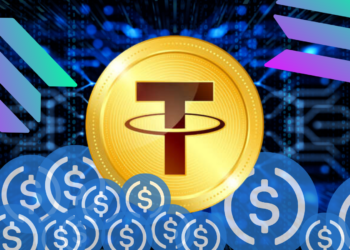Delphi Digital shows that holding BTC and ETH was more profitable than putting resources into weighted average market cap crypto and DeFi index funds.
In the previous twenty years, index and exchange-traded funds (ETF) have become the absolute most famous types of investing. It is on the grounds that they offer financial investors a detached method to acquire openness to a container of stocks. Instead of putting resources into individual stocks, which builds the hazard of misfortune.
This pattern has stretched out to the crypto area since 2018. And products like the Bitwise 10 Large Cap Crypto Index (BITX) track the wholesome return of Ether (ETH), Bitcoin (BTC), Cardano (ADA), Bitcoin Cash (BCH), Litecoin (LTC), and many more.
The capacity to get to various top ventures through one weighted average market cap list seems like an extraordinary method. In order to fan out hazards and gain openness to a more extensive scope of resources. Yet do these items offer financial backers a superior return as far as benefit and assurance against unpredictability. Especially when contrasted with the highest level of digital currency?
Hodling versus crypto
The exhibition of the Bitwise 10 was investigated by Delphi Digital. Also was contrasted with the performance of Bitcoin following the market tank in December 2018. The outcomes show that putting resources into BTC was a more profitable system. This was despite BITX being somewhat less unstable.
Bitcoin price vs. Bitwise 10. Source: Delphi Digital
The index offered less drawback hazard to financial backers as the market auctions off in May. Yet the thing that matters as minor as BTC’s maximum drawdown was 53%, and Bitwise’s was 50%.
In general, the advantages of putting resources into an index versus Bitcoin are not that extraordinary. Especially on the grounds that the unstable idea of the digital currency market and incessant enormous drawdowns regularly affect altcoins.
Delphi Digital said: “Crypto indices continue to be a work-in-progress. Choosing assets, allocations, and re-balancing thresholds is a difficult task for an emerging asset class like crypto. But as the industry matures, we expect more efficient indices to pop up and gain traction.”
Instability of DeFi Tokens
Decentralized money (DeFi) has been one of the most smoking crypto areas in 2021 driven by decentralized trades like Uniswap (UNI) and SushiSwap (SUSHI) and lending platforms like AAVE and Compound (COMP).
The DeFi Pulse Index (DPI) expects to take advantage of this rapid development, and the DPI token has distributions to 14 of the top DeFi tokens, including UNI, SUSHI, AAVE, and many more remaining. While this is a flawed comparison, as indicated by Delphi Digital because of how the danger and instability of DeFi tokens are more severe than Ether’s, it features the point that crypto-based containers do not reflect the customary advantages seen from indices.
For the present, Bitcoin and Ether have demonstrated to be two of the lower-hazard digital currency plays accessible when contrasted with crypto index funds that offer openness to a bigger number of resources.














